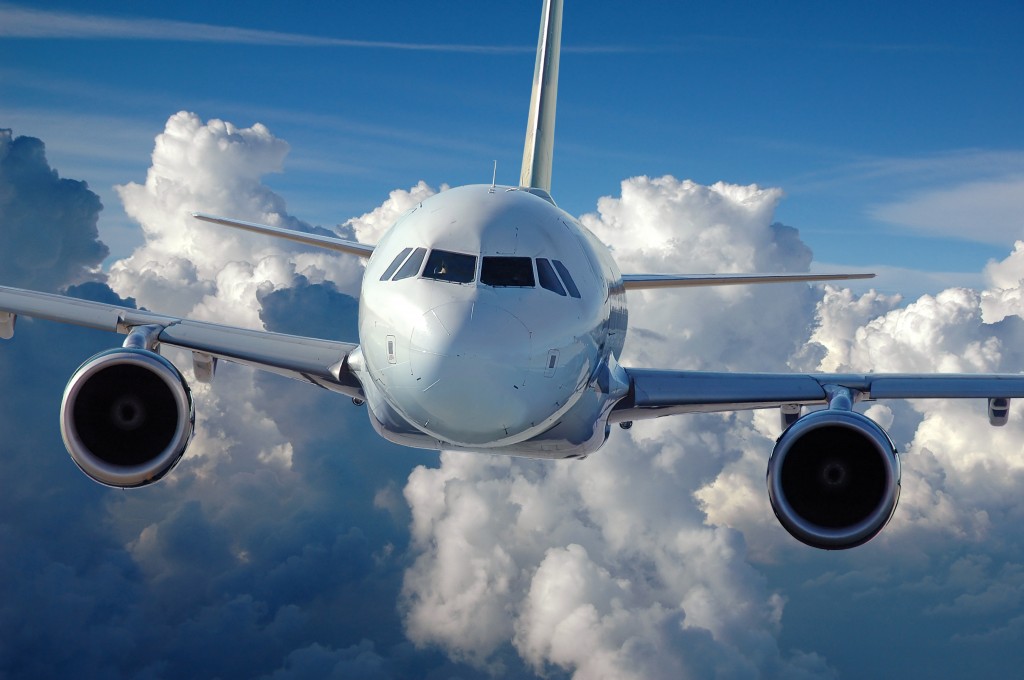The first Pilots licenses appeared around 1909, International Standards followed approx. 10 years later.
Whilst Flight Crew licensing is typically the function of the State National Airworthiness Authority NAA (GCAA for example) The Joint Airworthiness Authorities introduced a harmonised system with the introduction of an international flight crew licensing system which could be implemented by participating NAAs.
The ICAO licensing system detailed in Chapter 2 of ICAO Standards and Recommended Practices (SARP) Annex 1 covers the qualification for and issue of licences and ratings for pilots of aeroplanes and helicopters, gliders, and free balloons.
It is to demonstrate ultimate compliance with these requirements that NAA’s develop Flight Crew Licencing (FCL)
Note that ICAO also includes provision in Chapter 3 for licences for flight engineers and flight navigators.
Regulatory activities which are a direct consequence of FCL include:
Approval of flight crew training provision, Approval of flight simulators and other synthetic training devices and Approval of arrangements for the certification of the medical fitness for flight crew (conditional upon the inclusion within it of evidence of valid certification of medical fitness.)
Flight Crew Licenses
A JAA or JAR-FCL licence means a licence marked “Joint Aviation Authorities” that has been issued by a mutually recognised JAA member in accordance with JAR-FCL, and is not restricted to aircraft registered in any particular State.
When the European regulations are fully implemented, United Kingdom licences will not be valid for the piloting of EASA aircraft.
When the European regulations are fully implemented, NPPLs will not be valid for the piloting of EASA aircraft.
National licence – In European regulations and associated materials, a “national licence” is any licence issued under national law rather than European regulations.
This means any licence that is not issued in accordance with the new Part-FCL is a national licence.
Under the proposed legislation, JAR-FCL licences issued fully in accordance with JAR-FCL by mutually recognised JAA States will be deemed to have been issued under the new Part-FCL, and so will be European licences.
FCL Developments in Europe
Having inherited an established a European FCL system from the former JAA which was implemented by each participating NAA, the European Aviation Safety Agency (EASA) was given, under Regulation (EC) No 216/2008 of the European Parliament and of the Council of 20 February 2008 (also referred to as the EASA “Basic Regulation”), full legal responsibility for Flight Crew Licensing in European Union States.
EASA is able to rely upon the support of the NAAs in Member States acting as Qualified Entities to implement FCL. Initially, the JAR-FCL system has been continued almost entirely as inherited whilst EASA has consulted through the NPA system on change proposals prior to introducing Implementing Rules.
The UAE GCAA is undertaking a harmonisation process which provides for the issuance of Acceptable Means of Compliance (AMC), and Guidance Material (GM) relating to Flight Crew Licensing, Aviation Training Organisation approval and oversight.
The full regulation will have a phased implementation and will see full mandatory compliance by February 27th 2015.
Sofema Aviation Services offers EASA and GCAA compliant regulatory training, the next Air Crew Licensing CAR –FCL 2 Day Training will take place at the facilities of Horizon Flight Training School 19th & 20th October 2014 for details please see www.sassofia.com or email office@sassofia.com




